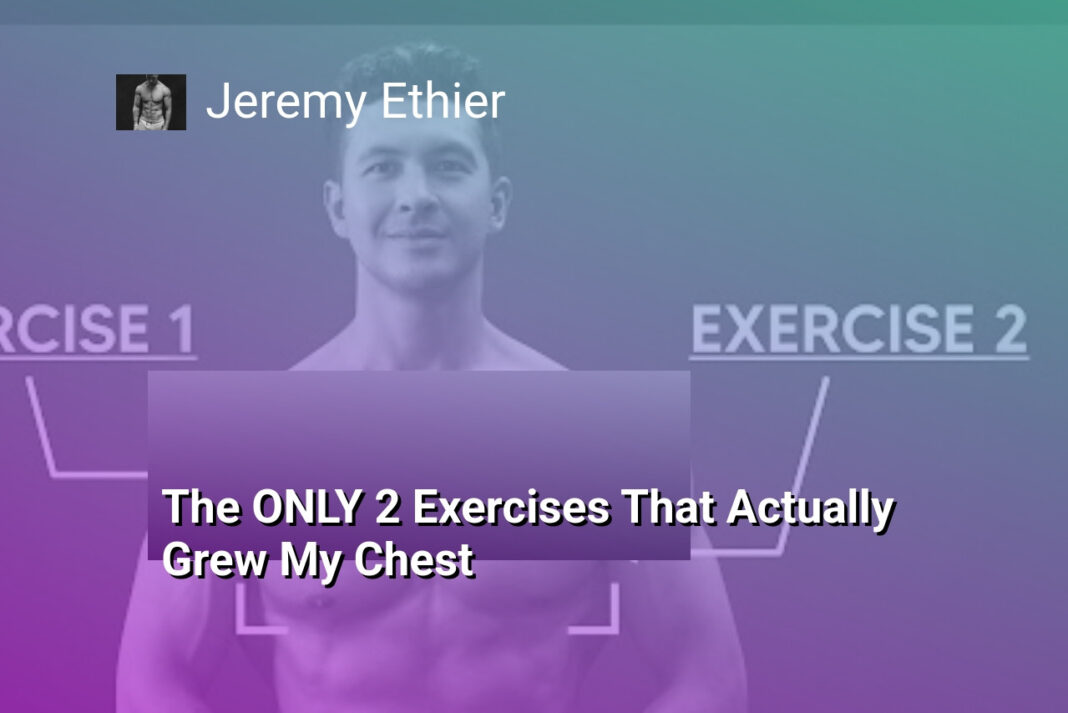The Bottom Line:
- I discovered Arnold Schwarzenegger’s foundational strength training philosophy centers on six critical exercises that comprehensively target muscle development and functional fitness.
- The squat emerges as a cornerstone movement, with adaptable variations ensuring accessibility for individuals with different mobility constraints.
- Upper body development relies on strategic pressing and pulling techniques, emphasizing proper grip width and muscle engagement for optimal growth.
- While some traditional exercises like behind-the-neck press are now considered risky, the core principles of muscle stimulation remain fundamentally sound.
- Modern fitness enthusiasts can personalize these classic movements by incorporating contemporary alternatives that maintain the original exercise’s primary muscular recruitment patterns.
The Power of Squats: Foundation of Muscle Growth
Biomechanical Advantages of Squats
Squats represent the most comprehensive compound movement in strength training, engaging multiple muscle groups simultaneously. By recruiting quadriceps, hamstrings, glutes, and core stabilizers, squats trigger an extraordinary hormonal response that stimulates muscle growth and metabolic adaptation. The exercise’s complex movement pattern demands significant neuromuscular coordination, which enhances overall athletic performance and functional strength.
Muscular Recruitment and Hormonal Cascade
When performed with proper technique, squats generate substantial testosterone and growth hormone release, creating an anabolic environment conducive to muscle development. The exercise’s intense systemic stress triggers a powerful physiological response, encouraging muscle protein synthesis and metabolic efficiency. By loading the entire posterior chain, squats stimulate muscular hypertrophy across lower body muscle groups while simultaneously challenging the body’s stabilization mechanisms.
Progressive Overload and Technique Optimization
Mastering squat mechanics requires consistent practice and strategic loading progression. Arnold Schwarzenegger emphasized maintaining strict form while gradually increasing weight, ensuring continuous muscular adaptation. Variations like low-bar, high-bar, and front squats can target different muscle groups and movement patterns, preventing plateaus and maintaining training stimulus. Proper depth, maintaining a neutral spine, and generating power through the heels are critical components of an effective squat execution that maximizes muscle recruitment and minimizes injury risk.
Mastering Bench Press for Upper Body Strength
Perfecting Your Bench Press Technique
The bench press serves as a cornerstone exercise for developing upper body strength and muscle mass. Arnold Schwarzenegger’s approach emphasized not just lifting weight, but executing the movement with precision and intentionality. A wide grip bench press allows for greater chest muscle engagement, stretching the muscle fibers in the lower portion of the movement. Lifters should focus on maintaining a stable shoulder position and creating tension throughout the entire kinetic chain.
Progressive Overload and Muscle Adaptation
Implementing a systematic approach to bench press progression is critical for continuous strength development. This involves gradually increasing weight, manipulating repetition ranges, and incorporating strategic variation in grip width and tempo. Advanced lifters might utilize techniques like pause reps or tempo variations to enhance muscle recruitment and break through strength plateaus. Shoulder mobility plays a crucial role in executing a safe and effective bench press, with athletes needing to develop flexibility alongside raw strength.
Addressing Common Bench Press Challenges
Many lifters encounter limitations in bench press performance due to technical inefficiencies or mobility restrictions. Dumbbell bench presses can serve as an excellent alternative for individuals with restricted shoulder mobility, allowing for a more natural range of motion. Proper scapular retraction, maintaining a slight arch in the lower back, and ensuring consistent bar path are fundamental techniques that separate average lifters from exceptional performers. Incorporating accessory exercises like tricep extensions and shoulder presses can help address weak points and improve overall bench press performance.
Chin-Ups and Pull-Ups: Sculpting a Powerful Back
Mastering the Upper Body Pull Movement
Chin-ups and pull-ups represent the pinnacle of bodyweight back development, offering unparalleled engagement of the latissimus dorsi, biceps, and upper back muscles. Arnold Schwarzenegger specifically emphasized the overhand grip pull-up as the preferred variation, which more intensely targets the back muscles compared to chin-ups. The key to executing these movements effectively lies in maintaining strict form and focusing on controlled, deliberate repetitions.
Grip Techniques and Muscle Activation
Selecting the appropriate grip width dramatically influences muscle recruitment. A narrower grip allows for greater lat activation and provides a more comprehensive range of motion. Advanced lifters can experiment with different hand placements to challenge muscle adaptation and prevent training plateaus. For individuals struggling with full repetitions, assisted pull-up machines or resistance band support can help develop the necessary strength and neuromuscular coordination.
Progressive Overload and Performance Optimization
To maximize back development, incorporate progressive overload strategies such as adding weight via a belt, increasing repetition volume, or implementing advanced techniques like eccentric-focused repetitions. Proper scapular retraction and engaging the core throughout the movement ensures optimal muscle engagement and reduces the risk of compensatory movements. Beginners should focus on achieving full range of motion, prioritizing quality repetitions over quantity, and gradually building the strength required to perform unassisted pull-ups and chin-ups with impeccable technique.
Strategic Arm Development with Barbell Curls
Mastering Bicep Isolation and Technique
Barbell curls represent a cornerstone exercise for developing impressive arm muscularity, particularly when executed with precision and strategic loading. Arnold Schwarzenegger understood that bicep development requires more than simple repetitive motion, emphasizing controlled movement and intentional muscle engagement. The standard barbell curl allows for comprehensive bicep stimulation, targeting both the long and short heads of the muscle group with remarkable efficiency.
Progressive Overload and Form Dynamics
While maintaining strict form remains critical, Arnold advocated for strategic “cheating” techniques that could enhance muscle hypertrophy. Controlled momentum during the concentric and eccentric phases can create additional muscular tension, promoting greater muscle fiber recruitment. This approach doesn’t mean sacrificing technique entirely, but rather understanding how subtle body mechanics can amplify muscle growth potential. Lifters should focus on maintaining a stable core, minimizing excessive lower back swing, and concentrating tension directly on the biceps throughout the movement.
Grip Variations and Muscle Engagement
Different grip widths can significantly impact bicep recruitment and overall arm development. A shoulder-width grip typically provides balanced muscle activation, while slightly narrower or wider hand placements can emphasize specific muscle regions. Arnold recommended experimenting with grip positioning to discover individual biomechanical advantages, understanding that each lifter’s muscular architecture responds uniquely to varying stimulus. Additionally, incorporating techniques like peak contraction holds and controlled eccentric lowering can further enhance muscle growth and neurological adaptation, making the barbell curl a versatile and potent arm development exercise.
Core Training and Modern Exercise Alternatives
Progressive Core Strengthening Techniques
Modern fitness science has significantly evolved from traditional sit-up approaches. Contemporary core training emphasizes functional movement patterns that engage multiple muscle groups simultaneously. Exercises like planks, pallof presses, and dynamic stability movements provide superior muscle recruitment compared to isolated abdominal contractions. These techniques not only strengthen the core but also improve overall body stability, reducing injury risks and enhancing athletic performance.
Integrated Movement Strategies
Comprehensive core development requires a holistic approach that transcends isolated muscle training. Compound movements such as deadlifts, kettlebell swings, and Turkish get-ups offer integrated core engagement while simultaneously developing strength across multiple muscle groups. These exercises challenge the body’s stabilization mechanisms, promoting neuromuscular coordination and functional strength that traditional isolation exercises cannot replicate.
Technological and Biomechanical Advancements
Contemporary fitness methodologies leverage advanced understanding of human biomechanics to design more effective core training protocols. Utilizing tools like suspension trainers, resistance bands, and stability balls allows for progressive resistance and multi-planar movement challenges. These training modalities enable athletes and fitness enthusiasts to create customized workout experiences that adapt to individual biomechanical limitations and performance goals, ensuring continuous progression and minimizing plateaus in strength development.





